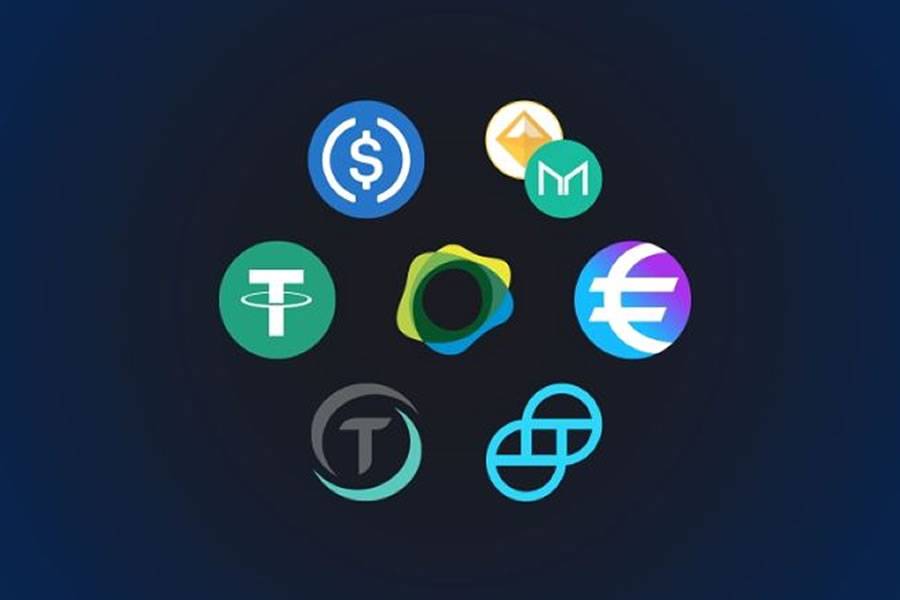Stablecoins as a solution for cross-border payments on the Ethereum network
- 19-04-2023
- Business
- Canarian Weekly
Cross-border payments have long been a difficult and pricey procedure, with old means frequently requiring lengthy processing times and significant fees. Stablecoins are one new solution brought about by the development of blockchain technology for cross-border payments on the Ethereum network.
You can check out the Bitcoin News Trader if you want to know more about such information related to crypto investments.
In this article, we'll examine what these coins are, their benefits for international payments, concrete Ethereum-based instances of stablecoins, obstacles, and hazards that can arise, and their overall potential as a cross-border payment solution. Let's first establish what they are in reality and then we will get to advantages.
What are Stablecoins?
They are a type of cryptocurrency that is designed to maintain a consistent value relative to a traditional currency, such as the US dollar or euro. Unlike other cryptocurrencies, which can be highly volatile, these coins offer a more consistent and predictable value.
They are typically pegged to a traditional currency or asset, such as gold or other cryptocurrencies. This pegging is maintained through various mechanisms, including collateralization, algorithmic stabilization, and market intervention.
These coins offer several advantages over other cryptocurrencies, including their stability, lower volatility, and greater acceptance by merchants and consumers.
Advantages for Cross-Border Payments.
Cryptocurrency offers several advantages for cross countries’ payments, including lower fees, faster transactions, lack of currency conversion fees, elimination of intermediaries, and increased security and transparency.
Lower Fees and Faster Transactions.
Cross-border payments can be costly and time-consuming, with traditional methods often taking several days to settle and coming with high fees. In contrast, stablecoin transactions can be settled in minutes and often come with lower fees than traditional methods.
Lack of Currency Conversion Fees.
Another advantage is the lack of currency conversion fees. In traditional cross countries payments often require currency conversion, which can be expensive and time-consuming. The need for currency conversion is eliminated, making cross-border payments faster and more cost-effective.
Elimination of Intermediaries.
Stablecoins also offer the potential to eliminate intermediaries in cross-border payments. Traditional cross countries’ payments often require multiple intermediaries, such as banks and payment processors, which can add additional costs and complexity to the process.
Increased Security and Transparency.
Stablecoins also offer increased security and transparency for cross countries payments. Transactions are recorded on the blockchain, which provides an immutable and transparent record of all transactions. Additionally, they can offer greater security than traditional payment methods, as they are designed to be resistant to fraud and hacking attempts.
Examples of the Ethereum Network.
Some of the examples on the Ethereum network, include USDC, DAI, and Tether.
USDC is pegged to the US dollar and is backed by US dollars held in reserve. USDC is issued by Circle, a cryptocurrency company, and can be used for a variety of purposes, including cross countries payments.
DAI which is designed to maintain a consistent value relative to the US dollar through an algorithmic stabilization mechanism. DAI is created through a process called "collateralization," where users lock up cryptocurrency as collateral to create new DAI.
Potential Challenges and Risks.
One challenge is the potential for instability or collapse. While these coins are designed to maintain a consistent value relative to a traditional currency or asset, there is always the potential for the underlying asset to experience volatility or collapse.
Another challenge is regulatory uncertainty. With the rise in popularity, governments and regulators may introduce new regulations or restrictions, which could limit their use or impact their stability.
Finally, there is also the potential for fraud or hacking. When it comes to cryptocurrency, the risk and challenges remain intact irrespective of the coin. The investor or trader needs to be aware of the volatility of the market.
Conclusion:
Despite these potential challenges and risks, stablecoins offer a promising solution for cross-border payments on the Ethereum network. By providing a consistent and predictable value, lower fees, faster transactions, and lack of currency conversion fees, elimination of intermediaries, and increased security and transparency.
As the popularity and awareness grow, it will be important for developers, regulators, and users to address these challenges and risks to ensure the stability and credibility of these coins as a solution for cross countries’ payments. The technology is still growing and the regulatory aspect is still blurry the technology has much more to offer other than decentralized digital currency.
Other articles that may interest you...
Trending
Most Read Articles
Featured Videos
A Vision of Elvis Tenerife Promo
- 10-05-2025
TEAs 2025 Highlights
- 17-11-2025

























































